Phonics Worksheets for Ages 3-4
117 filtered results
-
From - To
Discover the joy of early reading with our specially designed Phonics Worksheets for Ages 3-4! Carefully crafted to engage young minds, these worksheets introduce the building blocks of phonics in a fun and approachable way. Ideal for preschoolers, our collection encourages the development of essential reading skills, including letter recognition, sound association, and basic blending. With a variety of activities tailored for young learners, your child will enjoy exploring the world of letters and sounds, setting a strong foundation for a lifetime of reading. Dive into our Phonics Worksheets for Ages 3-4 and watch your little one's literacy skills bloom!
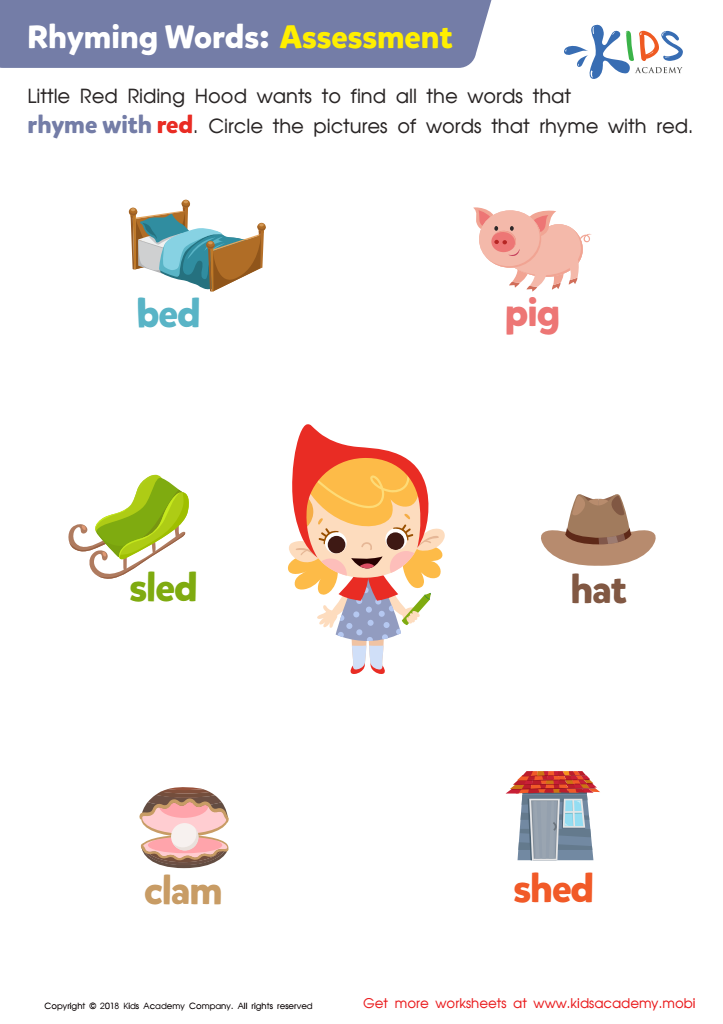

Rhyming Words: Assessment Worksheet


letter sounds Worksheet
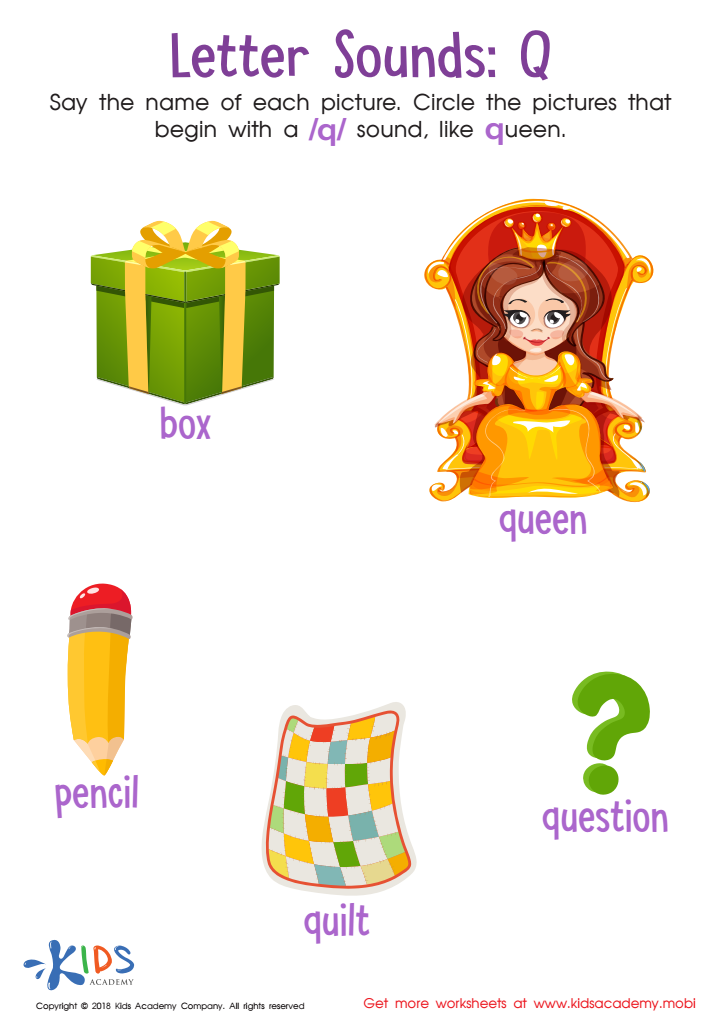

Letter Q Sounds Worksheet
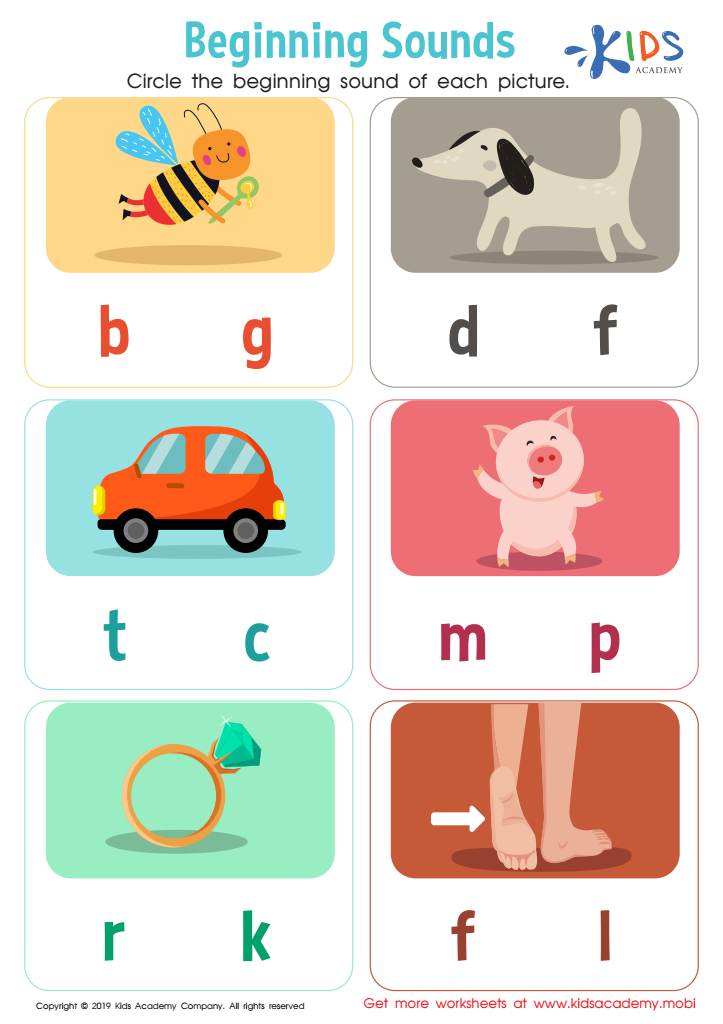

Beginning Sounds Worksheet
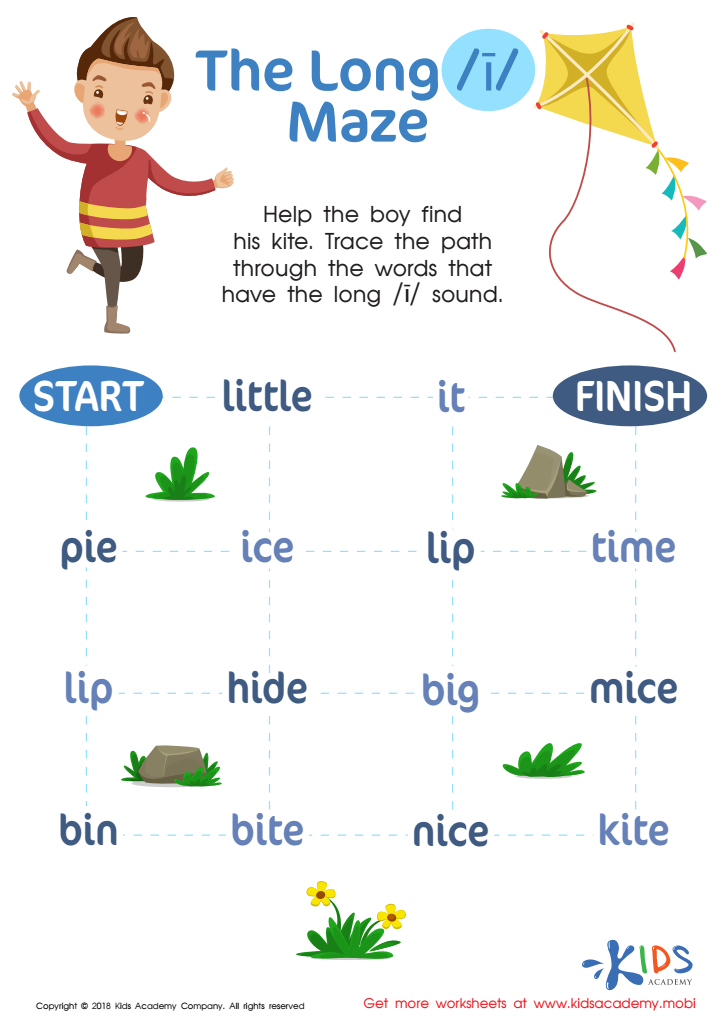

The Long I Maze Reading Worksheet


Letter K Sounds Worksheet


Long and Short Vowel Match up Reading Worksheet
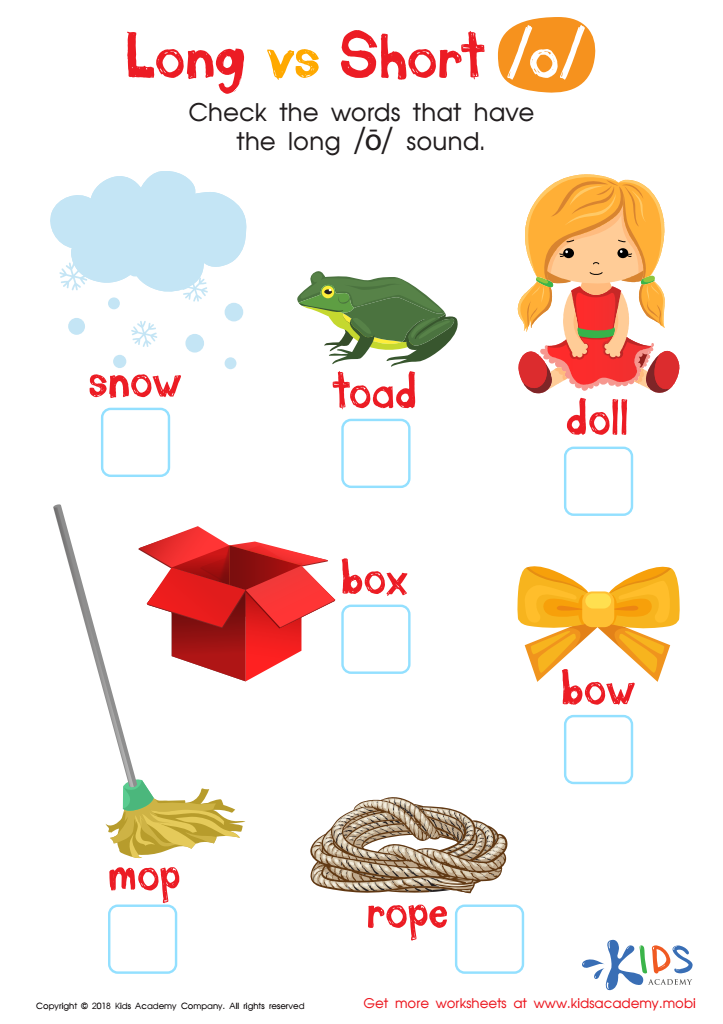

Long vs Short O Reading Worksheet
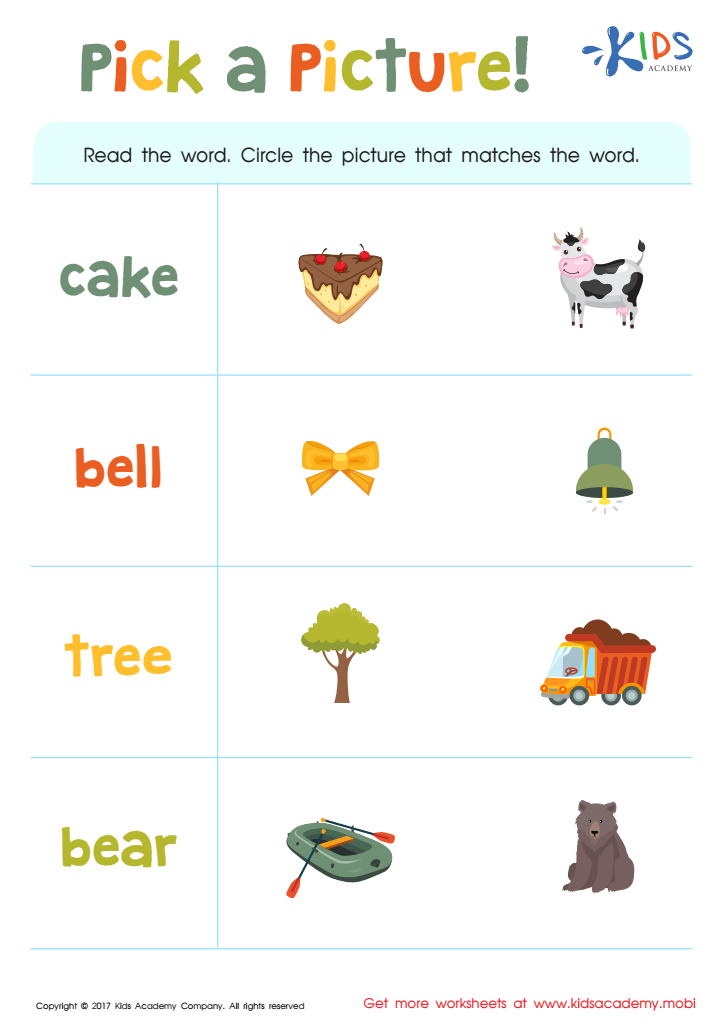

Pick a Picture Word Recognition Worksheet
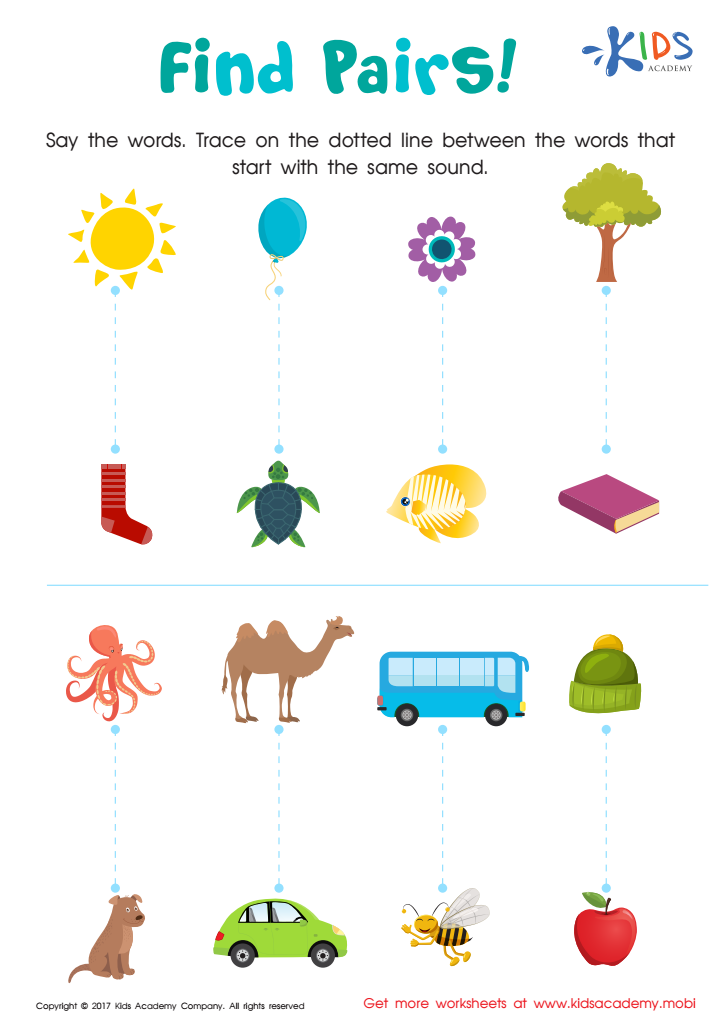

Beginning Sound: Find Pairs Worksheet
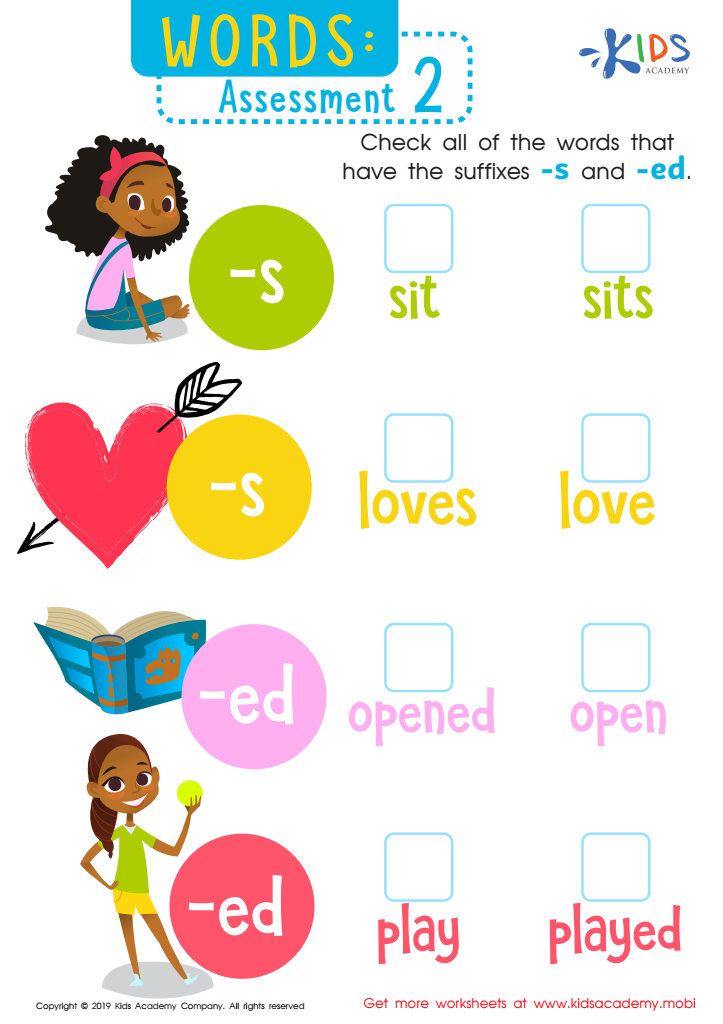

Words: Assessment 2 Worksheet
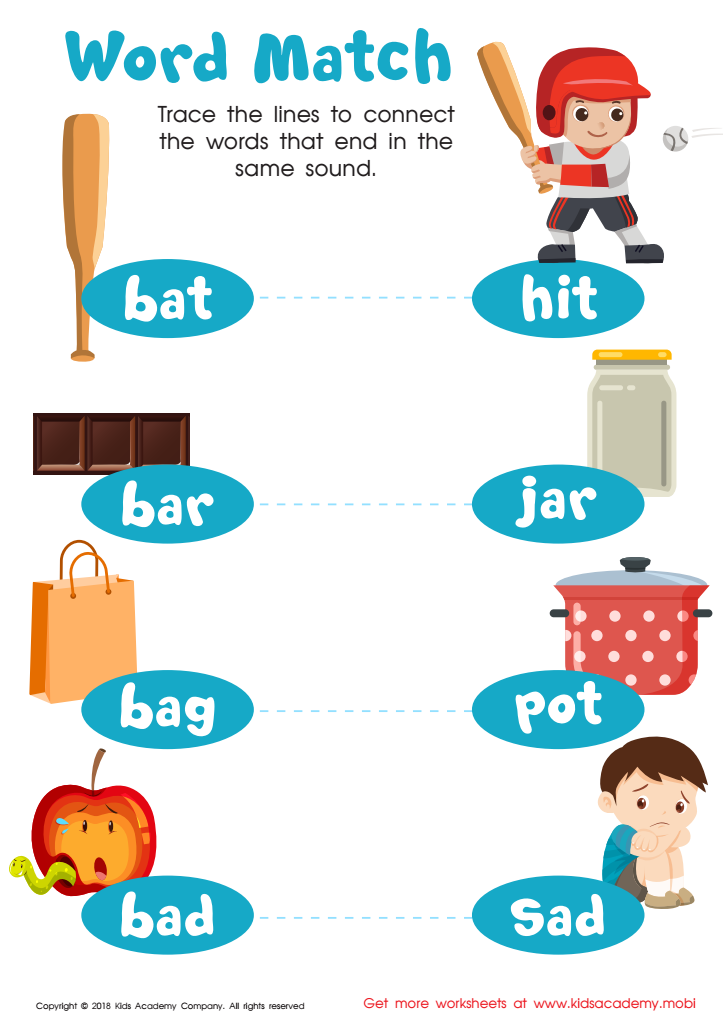

Word Match Reading Worksheet
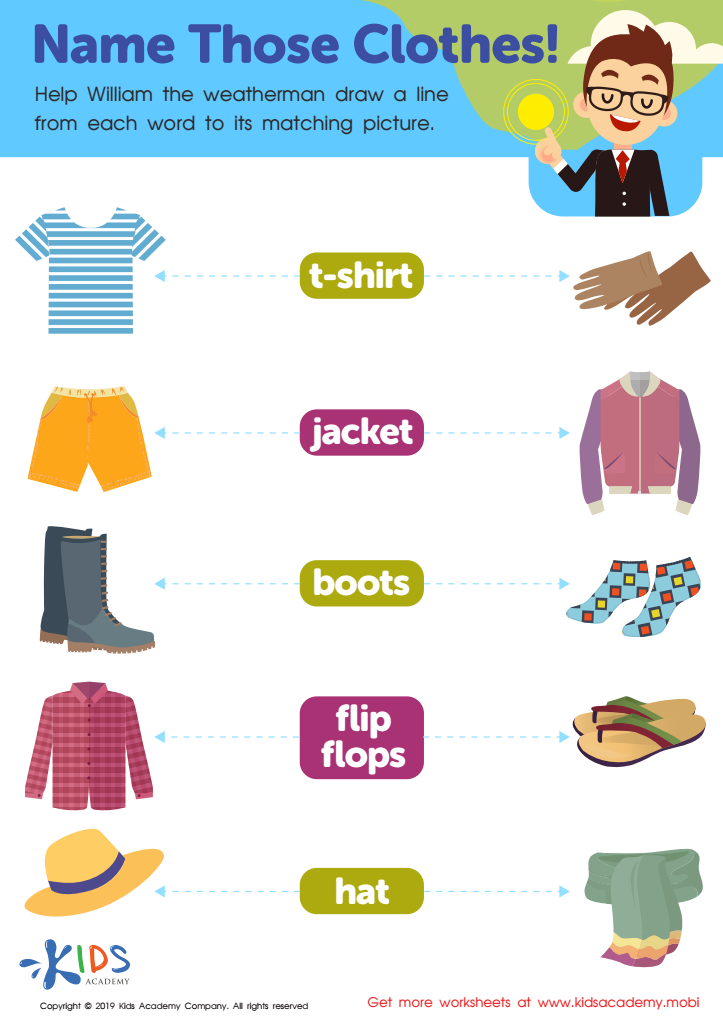

Name Those Clothes Worksheet
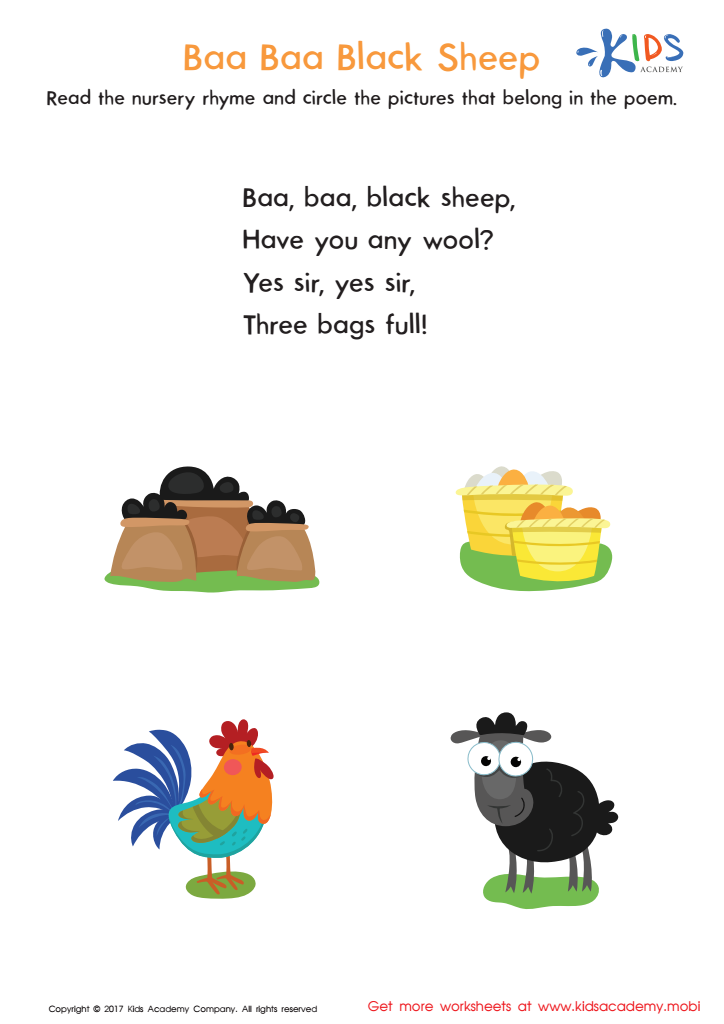

Baa Baa Black Sheep Printable


Letter P Sound Worksheet
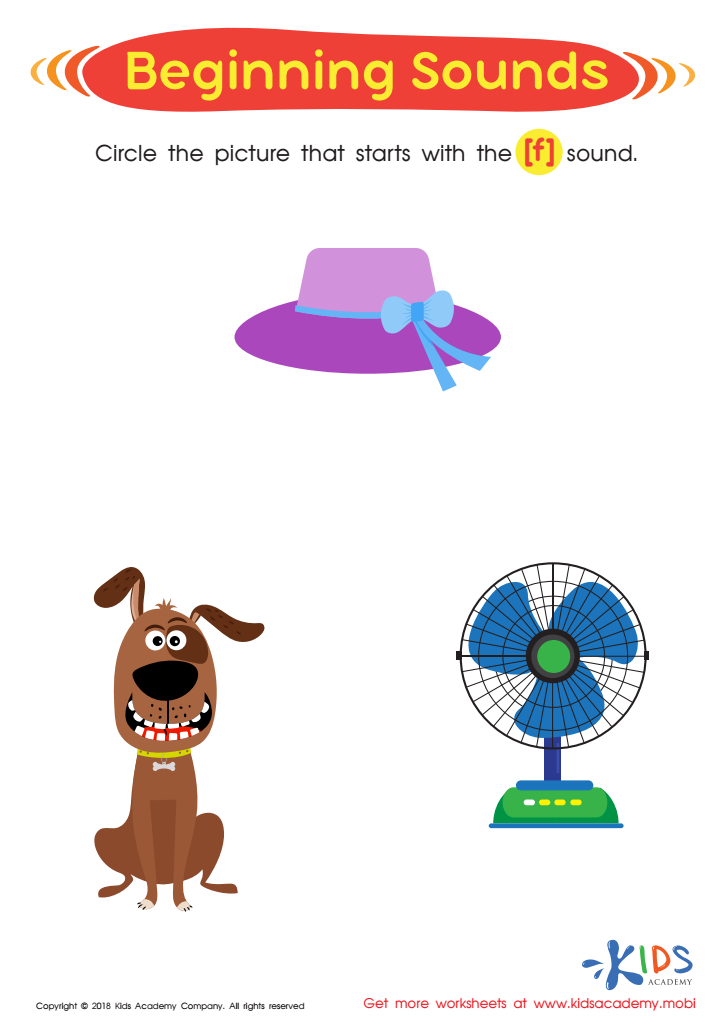

Beginning Sounds Assessment Printable
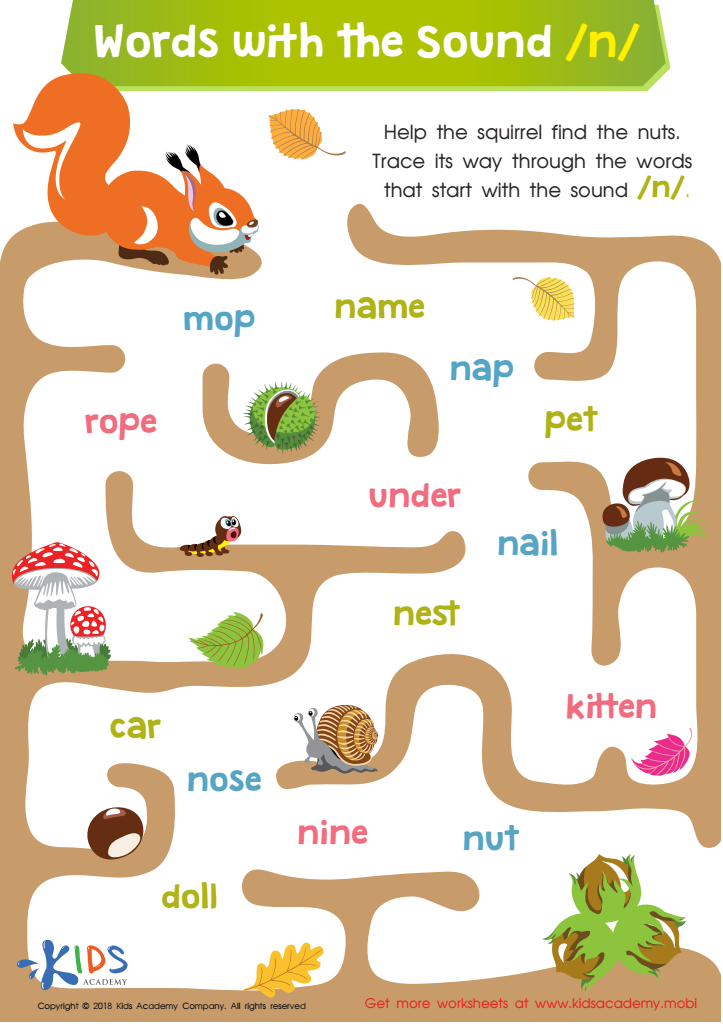

Words with Sound N Reading Worksheet
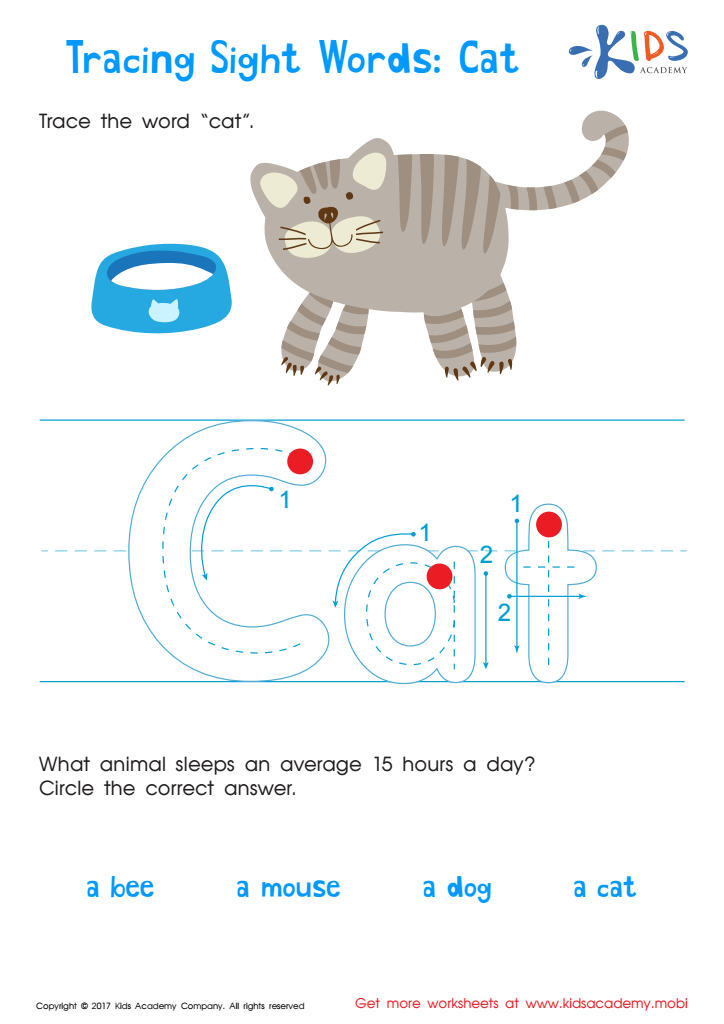

Cat Printable Sight Words Worksheet
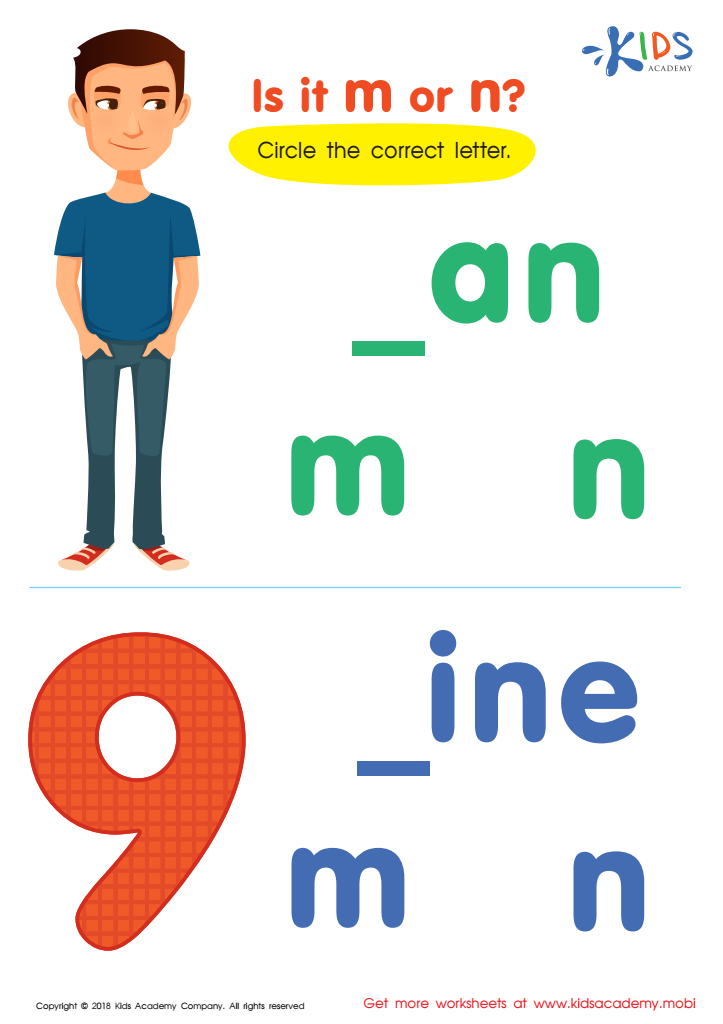

Is It m or n? Worksheet
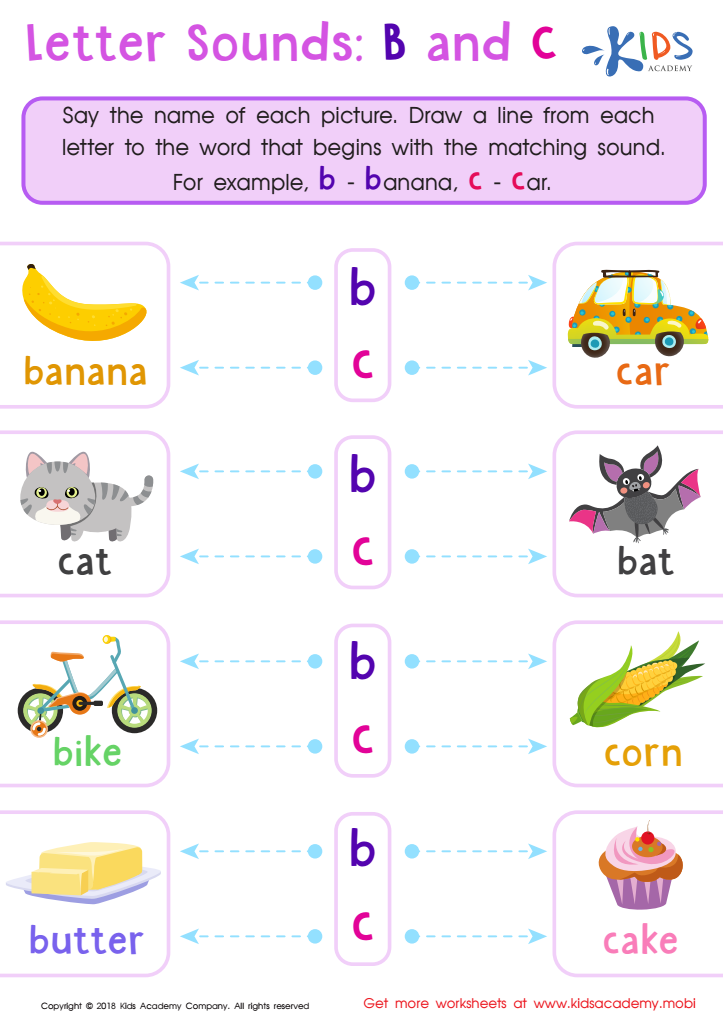

Letter B and C Sounds Worksheet
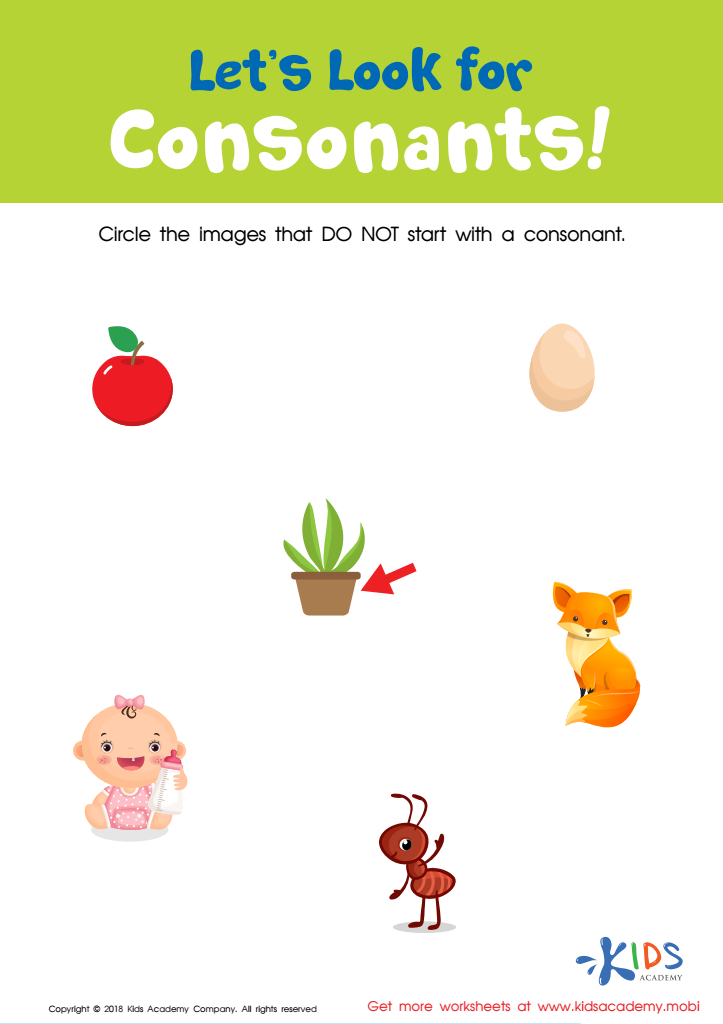

Let's Look for Consonants Worksheet


The Short I Words Reading Worksheet
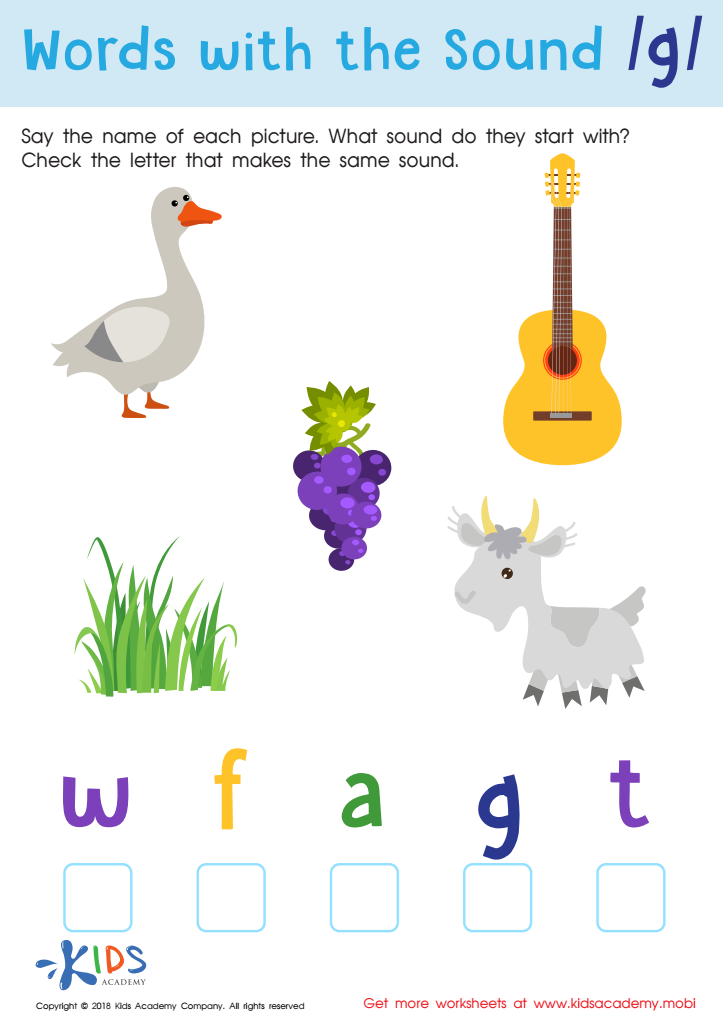

Words with sound g Reading Worksheet
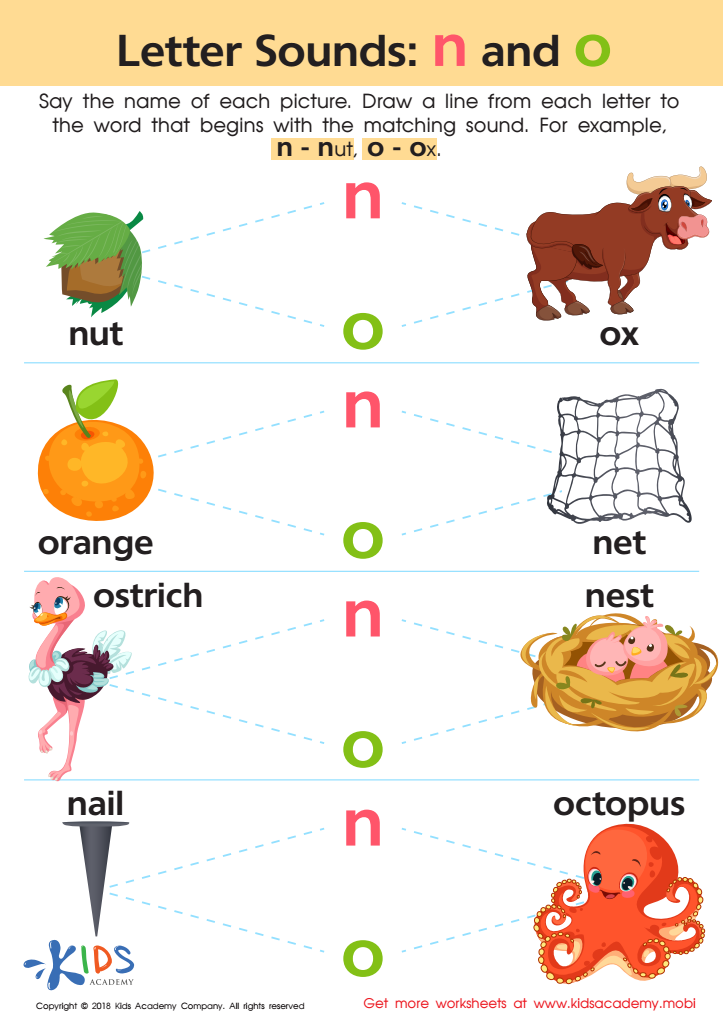

Letter N and O Sounds Worksheet
Phonics worksheets designed for ages 3-4 are an invaluable tool for young learners beginning their journey into the world of reading and writing. At this formative stage, children are naturally curious and eager to explore the sounds that letters make, which is the foundation of phonics. These worksheets are tailored to meet the developmental needs of preschoolers, making the learning process both engaging and effective.
The benefits of using phonics worksheets for ages 3-4 are manifold. Firstly, they introduce young learners to the concept of phonemic awareness—the ability to hear, identify, and manipulate individual sounds in words. This is crucial for developing reading and spelling skills. By associating letters with sounds, children can start to decode words, paving the way for fluent reading.
Moreover, phonics worksheets provide a structured learning environment, allowing children to practice at their own pace. They include a variety of activities such as matching letters to sounds, identifying beginning letter sounds, and simple word building, which keep learning interactive and fun. This hands-on approach not only reinforces learning but also boosts confidence and fosters a love for reading.
In essence, phonics worksheets for ages 3-4 are a fundamental stepping stone in a child's educational journey. They lay the groundwork for literacy by combining structured learning with playful exploration, making them a valuable resource for early childhood education.
 Assign to My Students
Assign to My Students














